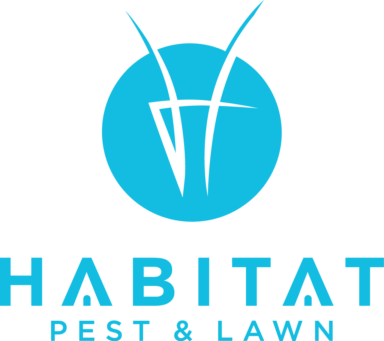Earwigs are tiny pests that often disturb homeowners with the way they look. Generally, they are not a threat to humans, but their pincers can be unsettling when you see one of these pests scuttle by. While they are more of a nuisance than a threat, dealing with an earwig problem effectively requires understanding their behavior and habitat preferences. Here’s a comprehensive guide on how to manage earwig infestations.
Identify the Problem
The first step in dealing with earwigs is to confirm their presence. Earwigs are nocturnal and prefer dark, moist environments. You might find them under potted plants, within mulch, or even in damp areas indoors, such as basements and bathrooms. Their presence is often indicated by their distinctive appearance or the damage they cause to plants and flowers.
Eliminate Moisture
Earwigs are attracted to moisture. Reducing dampness around and inside your home can make it less inviting to them. Ensure good drainage around your property, fix leaky faucets, and use dehumidifiers in damp areas of your home. Proper ventilation in crawl spaces, basements, and attics is also crucial.
Clean Up Your Yard
Outdoor clutter provides perfect hiding spots for earwigs. Clear away dead leaves, decomposing organic material, and stacks of wood or garden debris. Keep mulch, compost, and other organic material away from the sides of your house to reduce earwig habitats near your home.
Seal Entry Points
Prevent earwigs from entering your home by sealing cracks and crevices in the foundation, around windows, and doors. Installing weather stripping and door sweeps can also help block their entry.
Set Up Traps
Trapping can be an effective way to reduce the earwig population. Simple homemade traps can be made using rolled-up newspapers, shallow containers filled with vegetable oil, or soy sauce mixed with a drop of oil. Place these traps near potential entry points or in areas where you’ve noticed earwig activity. Check and dispose of the traps in the morning.
Use Natural Predators
Beneficial insects like toads, birds, and certain beetles are natural predators of earwigs. Encouraging these predators to visit your garden can help control the earwig population naturally.
Chemical Control
If the infestation is severe, you may consider using chemical controls. Insecticides can be effective when applied around the perimeter of your home and in specific problem areas. However, it’s important to use these chemicals cautiously, following the manufacturer’s instructions, to avoid harm to beneficial insects, pets, and humans.
Consult a Professional
When home remedies do not suffice or if you’re dealing with a large infestation, consulting a professional pest control service can be the best course of action. They can offer tailored solutions and treatments to effectively manage the earwig problem in your home.
Maintain Regular Inspections
Even after addressing an earwig problem, regular monitoring and maintenance are key to preventing future infestations. Regularly inspect your home and garden for signs of earwigs and maintain practices that discourage their presence.
By understanding earwigs’ habits and taking proactive steps to mitigate their habitat preferences, you can effectively control and prevent earwig problems in your home. If you want or need professional help dealing with earwigs in your home, reach out to the pros at Habitat Pest and Lawn.

